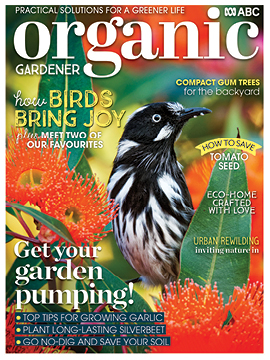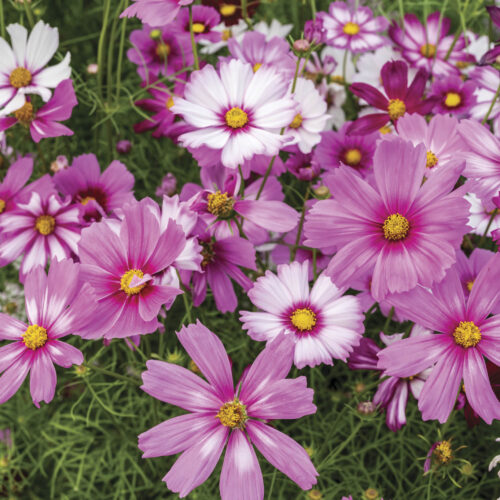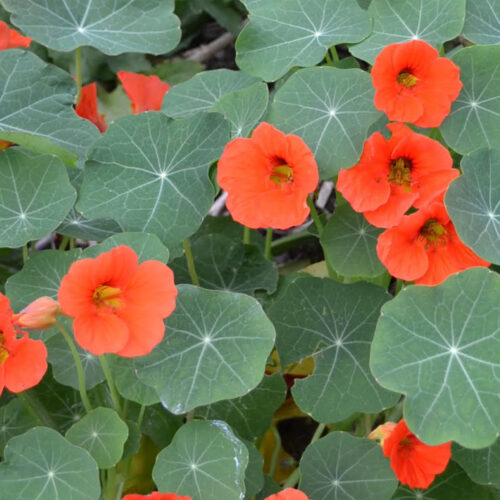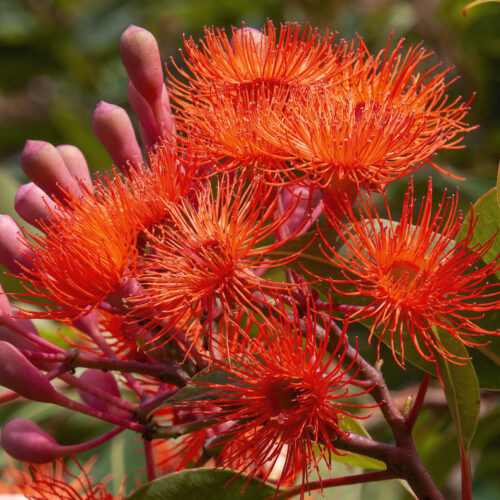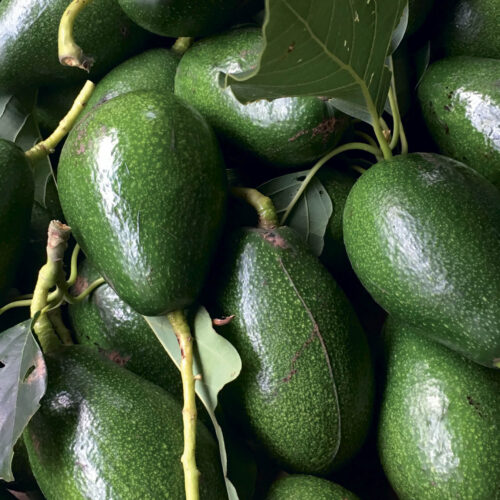Coffee: grow, harvest, process
2017-09-13T06:05:03+10:00
Yes, you can grow coffee in Australia. Simon Webster explores the growing, harvesting and processing of coffee.
F or a stimulant that offers clarity of mind, coffee has some very hazy origins. Some say it was discovered by a Yemenite Sufi mystic who spotted birds with a bit of get-up-and-go about them, and thought he might try some of the berries they were eating. Praise be, before he knew it, he was full of beans himself.
Another legend says an Ethiopian goatherd, Kaldi, sampled the berries that had put a spring in his herd’s step. When he took the berries to a local monastery, the monks threw them in the fire in disgust. Of course, the smell was so good, they thought they’d give them another go, and mixed them with hot water. Hey presto: espressos all round.
What’s generally agreed upon is that the high rainforests of Ethiopia are coffee’s natural home. The drink spread throughout the Arab world, then Europe, in the 1500s. And in 1788 coffee plants arrived in Australia with the First Fleet, though whether anyone remembered to pack a plunger is not clear.
The beauty of growing organic coffee in Australia is that we have just about no coffee pests and diseases. It’s also an attractive plant, easy to grow in warmer regions and shade-tolerant. It can make a nice hedge, and even grows indoors, plus the flowers have an incredible, jasmine-like scent.
You’d need a small plantation to be self-sufficient (20-odd plants for each coffee drinker in the house might cover it), but even if you only have a small backyard – or just a pot and some potting mix – you’ll produce enough for a brew or three. One mature coffee tree can produce up to five kilograms of coffee cherry (the fruit inside which you’ll find the seeds, or beans). This ends up being about 500 grams of roasted coffee. Admittedly, the processing is a bit of a labour of love, but imagine the satisfaction of sitting down to a home-grown, home-roasted, home-everything cuppa.
Getting started
Coffee ideally likes temperatures between 15°C and 24°C. It loves the tropics at high altitudes. In countries such as Papua New Guinea and Colombia you’ll find plantations at 2000 metres above sea level. The cooler climate up there slows down the ripening of the beans, allowing complex flavours to develop.
We don’t have those tropical altitudes in Australia, but we do have regions that can provide what coffee needs. Commercial growers can mostly be found on Queensland’s Atherton Tablelands, and on the subtropical North Coast of New South Wales, where there’s volcanic soil, high rainfall and a cool winter (rather than high altitude) to slow down the ripening.
Backyard growers will be pleased to know coffee is quite flexible – as long as you protect it from frost and wind. Warm temperate regions can be fine (Sydney, for example) but coffee doesn’t like temperatures dipping below 5°C too often, or to be cold and wet in winter. If your winter is challenging, try a large pot and move it to a sheltered spot or a greenhouse in the cooler months, or grow indoors.
As an understorey species, coffee doesn’t mind a bit of shade – nice to know if you’re looking for edible plants to fill semi-shady corners in a suburban backyard. When young coffee trees are 500mm to 1m tall, prune off the growing tips to encourage branching. While trees grow to 5m high, they can be easily pruned to a smaller size to keep cherries within reach. Dwarf varieties are also available.
Planting and care
There are two main coffee species: Coffea arabica makes up about 60 per cent of the world’s coffee production, and Coffea robusta contributes the rest.
Robusta is, as its name would suggest, a tough customer. It’s more resistant to coffee pests and diseases, and climate extremes, and is higher yielding than arabica. But it is generally considered to have an inferior flavour, as well as higher caffeine content. It’s used to make instant coffee, as well as combined with arabica in espresso blends. In Australia, you’re much more likely to come across arabica. And as we have virtually no coffee pests or diseases, it’s ideal.
Coffee seeds just love to germinate, so if you can get hold of some seeds from a local grower, stick them in a pot of compost, and they’ll be up in three to four weeks. Most people grow coffee from small trees, available from nurseries. Ideally, you’ll plant young coffee trees in spring, in rich, well-draining soil with lots of organic matter such as compost mixed in, and a pH of 5.5–7.
While you can ignore coffee trees and still get a crop, for optimum health and productivity they’ll appreciate regular watering, as well as regular applications of a complete organic fertiliser and foliar seaweed sprays. Use mulch such as organic sugarcane to keep weeds down, moderate temperatures and moisture, encourage biological life and add organic matter to your soil.
Arabica is self-pollinating. So if you’ve only got one plant, you’ll still get cherries.
Coffee harvesting and processing
Coffee plants fruit from about year three onwards (and can live to be 60-plus). They flower prolifically (and headily) after spring rain. Flowers drop off after a few days, leaving small green ‘cherries’ that mature over the ensuing nine to 10 months until they are crimson, or purple, and ripe.
At harvest time, cherries will be everything from green to purple on the same plant – and even on the same branch – so you’ll be picking cherry by cherry over a few months.
Turning coffee cherries into cappuccinos is quite a process. Professional growers have machines to help. If you’re want to do it by hand, a good source of advice is the Queensland Department of Agriculture and Fisheries. But here is a summary of the process.
1. Pulping
Remove skin and pulp within 24 hours of harvesting. You can do this by either squeezing each berry by hand, orby using a piece of wood to tamp the berries in a bucket until all seeds have been forced out from the skin. Then fill the bucket with water and stir the skins and seeds. Pour away the skins (and any coffee beans that float) before they settle.
2. Fermentation
To remove the slippery mucilage that remains around the beans, cover the beans with water in a plastic bucket. It will take at least 18 hours for fermentation by natural enzymes to do the trick. Check that it has worked by washing a few beans. If they feel clean and gritty, rather than slippery, they’re ready. Wash beans in agitated water and drain three times, or until water runs clear. Discard any beans that float.
3. Drying
Spread beans in a thin layer on racks and sun-dry, protecting from rain. This can take anything from 5 to 30 days. Or use a home food dehydrator set at 40 degrees C. With either method, stir three times a day. When beans have 12 per cent moisture, they are done. The parchment on the coffee bean will dry to a pale straw colour and be brittle. Test the dryness of the beans by removing the parchment by hand off several beans. The bean inside should be greyish blue in colour, hard, and likely to break when bitten. If it’s soft and chewy, continue the drying process.
4. Hulling
To hull the beans (remove the tough parchment layer), place the beans, a small quantity at a time, in a food processor with plastic blades (to avoid damage to the beans) and blend at a low speed for 30 seconds to remove the parchment. Then use a hair dryer to blow away lighter parchment. Alternatively, rub the dried beans on concrete under a hessian bag.
A thin silver skin may remain. It’s not necessary to remove this, but it can be removed by gently rubbing the beans after hulling.
5. Roasting
Roast the beans in large baking dishes in the oven. Spread the beans thinly and stir frequently. A single layer of beans will roast in 12 minutes at 230-250oC. Beans at a depth of 25 mm may take 30 minutes. You can also roast in a frying pan or popcorn machine.
The beans turn yellowish brown, which gradually deepens. They shrivel until half-cooked, then swell, then open out and grow. Light brown beans (a light roast) will have a weaker flavour than brown/black beans (a dark roast).
You will really appreciate your flat white after all that.
This article first appeared in our Nov/Dec 2017 issue of ABC Organic Gardener. There’s heaps more growing tips in every issue of OG and it’s easy to subscribe here!
